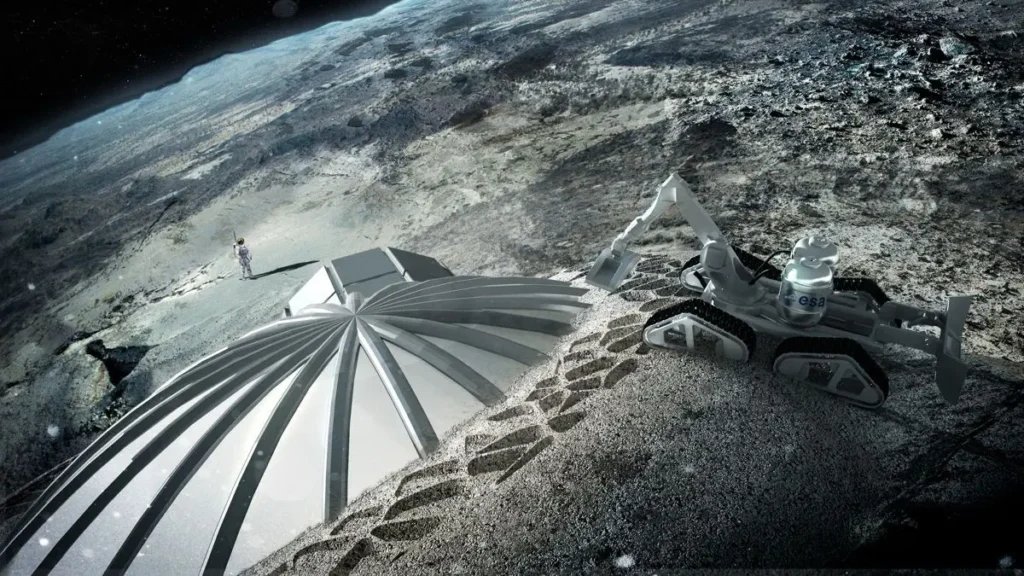As humans plan to live longer in space, scientists are developing new technologies to make space habitats safer, smarter, and more sustainable.
Technologies that Create the Future of Life Beyond Earth
The goal is not only to survive in space but to create livable, efficient, and eco-friendly environments where future generations can explore, work, and even settle permanently.
Whether it’s building habitats on the Moon, exploring Mars, or powering entire colonies with solar energy, the next few decades will redefine what “home” means for humanity.
Here are five key technologies shaping the exciting future of life beyond Earth:
1. Advanced Life Support Systems
Modern systems can recycle up to 98% of water and oxygen.
These closed-loop designs clean the air, purify water, and manage waste, reducing dependence on supplies from Earth.
2. Smart and Flexible Spacesuits
New spacesuits, like MIT’s BioSuit, use stretchable materials that make movement easier.
They include sensors to track astronaut health and improve safety during missions.
3. Space-Based Solar Power
Satellites orbiting Earth will capture sunlight around the clock and send clean energy back using microwaves or lasers—powering both space stations and Earth’s grids.

4. Autonomous Construction and Smart Materials
Robots will 3D-print habitats using lunar or Martian soil. Smart materials can repair themselves, adapt to temperature changes, and block harmful radiation.
5. Space Debris Removal
Robotic systems and lasers will clear dangerous space debris, keeping orbits safe for future missions.
Challenges of the Life Beyond Earth
Living in space presents many challenges — from lack of air and water to extreme temperatures and radiation.
Astronauts must also deal with isolation, limited supplies, and the danger of space debris.
To overcome the obstacles, these technologies are building a sustainable and secure future for humans living and working in space.


